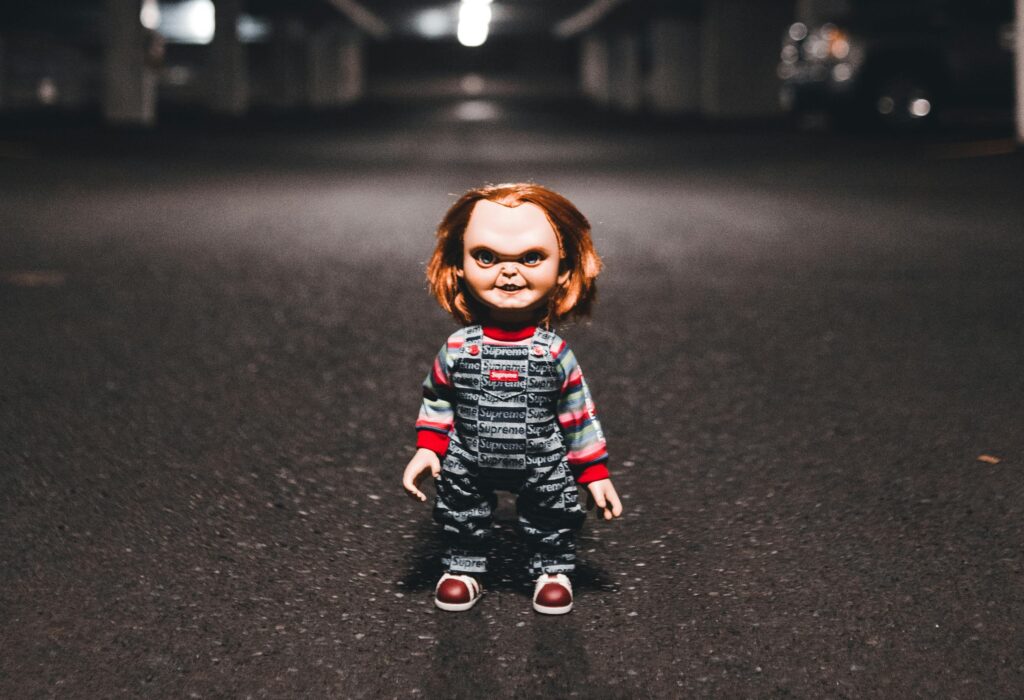
You know that strange feeling you get when you see a person who almost looks real—but their smile’s too perfect, their fingers are slightly off, and their eyes don’t quite blink? Welcome to the uncanny valley, and for some reason, it’s where an alarming number of businesses have decided to set up shop.
Case in point: I was in Hanoi recently, eating my way through the city (as one should), when I noticed something odd. Several family-run restaurants—charming, buzzing, full of real character—had menus illustrated with AI-generated images of food. You know the kind: too glossy, shadows that don’t fall quite right, weirdly melted garnishes. They didn’t look appetising; they looked like food in a video game. Which was baffling, because the real dishes that arrived looked absolutely delicious.
Why not just snap a photo of the actual dish? Even a phone pic with decent lighting would have told the story better than these uncanny platefuls of pixel stew.

Uncanny employees
And it’s not just menus. I’ve lost count of how many startups and small businesses fill their websites with generic AI images of “diverse teams collaborating” in offices that don’t exist. The people have an unsettling smoothness. Occasionally someone has an extra hand. It’s like they’re trying to look professional, but accidentally veer into dystopian sci-fi.
Let me be clear: this isn’t a rant against generative AI images. When you’re illustrating abstract concepts or need something that stock can’t offer, they’re a fantastic addition to your marketing arsenal. But using them for things you could easily photograph—your team, your workspace, your actual product—is a misstep. It doesn’t save time, and it doesn’t inspire trust.
In fact, it does the opposite. Your audience might not be able to articulate why they feel weird about your visuals, but they’ll feel it. There’s something off, something too polished and too fake. And if you’re a bricks-and-mortar business, trying to build credibility and connection, that’s the last thing you want.
Real food, real products = real reactions
So here’s a radical idea: if you’ve got real people, real food, real products—just show them. Hire a local photographer. Or don’t. Just use your phone. It’ll be more authentic, more relatable, and far more engaging than that AI bowl of pho that looks like it was cooked on Mars.
Your brand deserves better than a haunted image generator with a warped understanding of hands and soup.